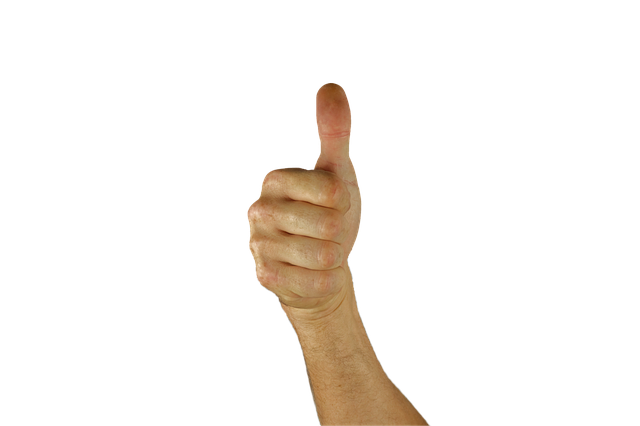When Shelby Harrison went to college, she walked onto the William Woods University campus with plans to be an education major and work as a classroom teacher the way two of her aunts did. Along the way, Harrison needed a foreign language in order to complete her degree requirements, and her academic adviser encouraged her to take American Sign Language (ASL).
That’s when Harrison’s life story changed. Her first ASL teacher at WWU was a member of the deaf community. Harrison said, “I will never forget how much time and care he put into his classes. He is the reason I decided to change my major from education to interpreting!”
When Harrison stepped into the world of ASL, she became part of a rich language tradition. “I was fascinated by sign language and felt like it was a great fit for me, so I decided to change my major to interpreting/deaf studies. And I am forever thankful to the deaf/hard of hearing (HOH) community for everything they have taught me regarding ASL and learning their beautiful language.”
History of ASL
American Sign Language originated in the early 1800s after Thomas Gallaudet returned from France, where he had met with Laurent Clerc, a deaf instructor of sign language. Gallaudet convinced Clerc to come to the United States, and together they founded the American School for the Deaf in West Hartford, Connecticut. Here, they established a sign language unique to the United States.
Since that time, ASL has developed into what is considered a “natural language,” meaning a language which has developed naturally without conscious planning.
Today, ASL is an organized, three-dimensional visual language that is complete unto itself and used by as many as 500,000 people. In addition to the deaf/hard of hearing community and their families, ASL is used by many non-verbal individuals.
Learning ASL
When asked what’s the best way to learn American Sign Language, Jessica Brown, Assistant Professor of ASL English Interpreting at William Woods University, doesn’t hesitate. Brown, who is deaf herself, said by far the easiest way to learn ASL is by taking in-person classes. “I acquired ASL at the early age of 3 years old, learning from teachers at Texas School for the Deaf. Because ASL is a 3D language, it’s easier to show in person. Video portrays me as flat 2D, and I have to rotate and pan in and zoom out to show one sign.”
In-person classes make a huge difference in being able to pick up the language quickly. As she studied ASL, Harrison quickly discovered a depth she hadn’t anticipated. “There’s a misconception out there that ASL is just a few signs or letters that make up some random gestures. This could not be further from the truth,” Harrison said.
The 26 signs in the American Manual Alphabet each correspond to an A-Z …….
Source: https://www.theepochtimes.com/unveiling-the-complex-world-of-american-sign-language_4591934.html
